Home>Articles>How Much Does It Cost To Get Vinyl Siding Installed
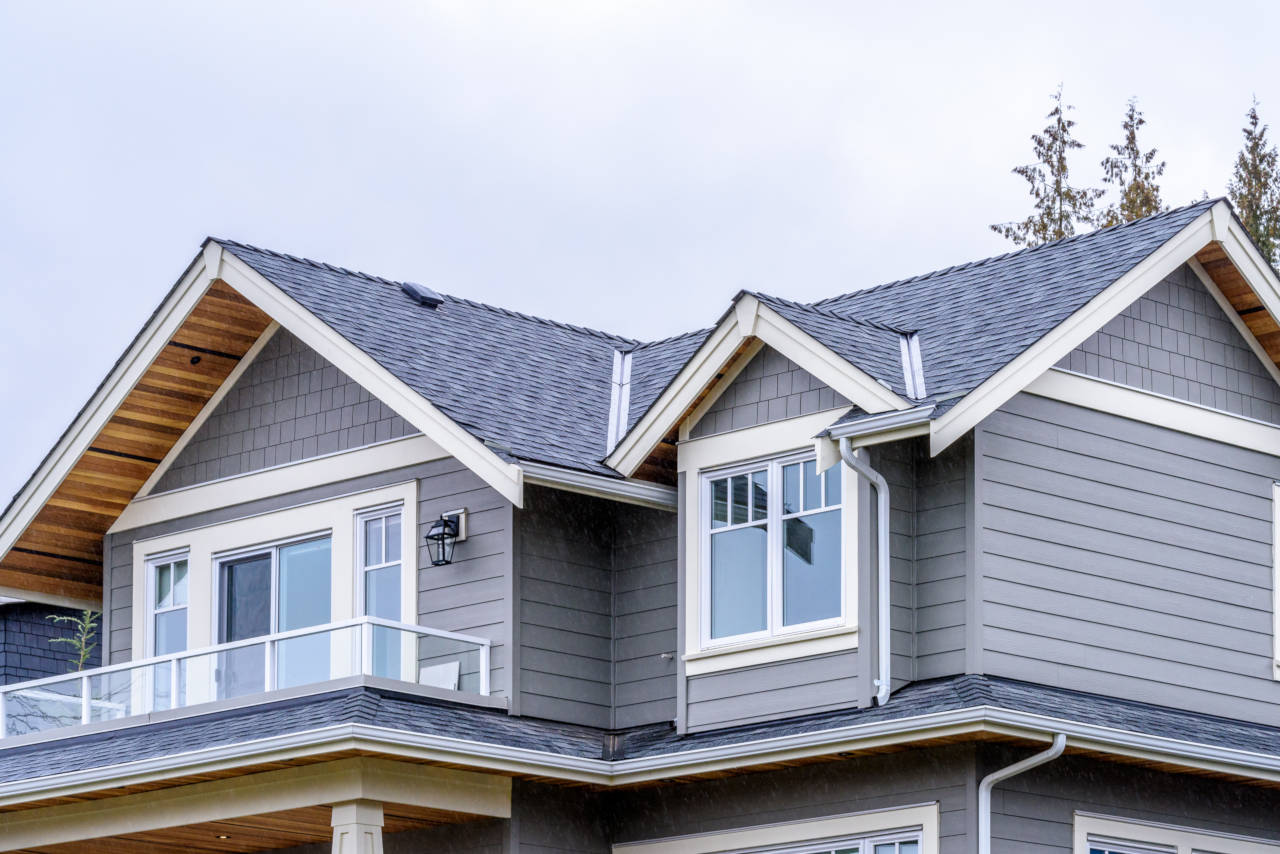

Articles
How Much Does It Cost To Get Vinyl Siding Installed
Modified: February 23, 2024
Looking for articles on how much it costs to get vinyl siding installed? Discover the average prices and factors that impact installation costs in this informative guide.
(Many of the links in this article redirect to a specific reviewed product. Your purchase of these products through affiliate links helps to generate commission for Storables.com, at no extra cost. Learn more)
Introduction
When it comes to enhancing the exterior of your home, vinyl siding is a popular choice for its durability, versatility, and affordability. Whether you are building a new house or looking to update the appearance of your current home, vinyl siding can provide a fresh and modern look that not only boosts curb appeal but also protects your property from the elements.
However, before diving into a vinyl siding project, it’s essential to understand the cost associated with the installation. The cost can vary depending on several factors such as the size of your home, the quality of the materials, and the complexity of the installation process.
In this article, we will explore the factors that affect the cost of vinyl siding installation and provide you with a comprehensive understanding of the various expenses associated with the project. By the end, you will have a clearer idea of how much you can expect to pay for your vinyl siding installation.
Key Takeaways:
- Factors such as the size of your home, quality of materials, and additional expenses like removing old siding and adding insulation can impact the overall cost of vinyl siding installation. It’s crucial to consider these factors and discuss them with your contractor to get a clearer idea of the expenses involved.
- While the cost of vinyl siding materials ranges from $2 to $7 per square foot and labor costs typically range from $2 to $5 per square foot, it’s important to factor in additional expenses such as removing old siding, insulation, trim, accessories, permits, inspection fees, and maintenance and repair costs. Planning and budgeting for these expenses will ensure a successful and cost-effective vinyl siding installation project.
Read more: How Much Does A Box Of Vinyl Siding Cost
Factors Affecting the Cost of Vinyl Siding Installation
Several factors can influence the overall cost of vinyl siding installation. Understanding these factors will help you estimate the expenses more accurately and make informed decisions for your project.
- Size of Your Home: The size of your home is a crucial factor that affects the cost of vinyl siding installation. Larger homes require more materials, labor, and time for installation, which can significantly increase the overall cost.
- Quality of Materials: The quality of the vinyl siding material you choose will also impact the cost. Higher-quality materials tend to be more expensive but offer better durability, color retention, and resistance to fading or damage from extreme weather conditions. It’s important to strike a balance between quality and budget when selecting the materials for your project.
- Complexity of the Installation: If your home has unique architectural features, such as multiple stories, intricate designs, or irregular shapes, the installation process may be more challenging and time-consuming. This can result in higher labor costs.
- Removal of Old Siding: If your home already has existing siding, the cost of removing the old siding will increase the overall project expenses. The complexity of the removal process, the type of existing siding, and the disposal fees all contribute to this additional cost.
- Insulation: Adding insulation beneath the vinyl siding can help improve energy efficiency and reduce heating and cooling costs. However, this comes with an additional expense. The type and thickness of insulation you choose will affect the overall cost.
- Trim and Accessories: The cost of trim pieces, corner accents, soffits, and other accessories can add up, especially if you opt for premium or custom-designed components. These details can enhance the aesthetic appeal of your siding but should be accounted for in your budget.
- Permits and Inspection Fees: Depending on your location, you may need to obtain permits for the siding installation. The cost of permits and any required inspections should be factored into your budget.
- Maintenance and Repairs: While vinyl siding is known for its low maintenance requirements, it’s important to consider the long-term costs of upkeep and potential repairs. Regular cleaning, occasional repairs, and replacement of damaged panels should be considered in your overall budget.
By considering these factors and discussing them with your contractor, you can gain a better understanding of the costs associated with vinyl siding installation. Remember, it’s crucial to obtain multiple quotes and compare them before making a decision. This will help ensure that you are getting a fair price for the project.
Average Cost of Vinyl Siding Materials
The cost of vinyl siding materials can vary depending on multiple factors, including the quality of the material, brand, design, and the amount needed for your specific project. On average, the cost of vinyl siding materials ranges from $2 to $7 per square foot.
Basic vinyl siding options are typically more affordable, starting at around $2 per square foot. These options often feature a limited range of color choices and may have a simpler design. On the other hand, premium vinyl siding materials can cost up to $7 per square foot or even more. The higher price tag is often justified by their superior durability, advanced color retention technology, and more extensive warranty coverage.
The cost of vinyl siding materials is usually calculated based on the square footage of your home. To estimate the total cost, you can measure the exterior walls of your house and multiply the square footage by the price per square foot of your chosen vinyl siding material.
It’s important to note that the cost of materials is just one aspect of the total expense for vinyl siding installation. Labor costs, additional materials for insulation and trim, and any necessary accessories or equipment should also be factored into your budget.
When choosing vinyl siding materials, it’s essential to strike a balance between quality and budget. While it may be tempting to opt for the least expensive option, keep in mind that higher-quality materials often offer better durability and longer-lasting performance, which can save you money in the long run by reducing the need for frequent repairs or replacements.
It’s also worth considering the aesthetic appeal of the vinyl siding. A higher-end design and color scheme can significantly enhance the visual impact of your home, increasing its curb appeal and potentially its value.
Be sure to shop around and compare prices from different suppliers or contractors. Additionally, take advantage of any discounts or promotions that may be available. Remember, investing in quality vinyl siding materials will help ensure a more durable and visually appealing exterior for your home.
Average Cost of Labor for Vinyl Siding Installation
When it comes to vinyl siding installation, labor costs play a significant role in the overall expense. The average cost of labor for vinyl siding installation can vary depending on various factors, such as the size and complexity of the project, location, and the experience and expertise of the contractor.
On average, labor costs for vinyl siding installation range from $2 to $5 per square foot. However, it’s essential to note that this is just a rough estimate, and the actual cost may be higher or lower based on the unique circumstances of your project.
The labor costs usually include the installation of the vinyl siding panels, cutting and fitting them to size, attaching them to the exterior walls, and securing them properly. The cost may also cover the installation of necessary additional materials, such as insulation and trim.
The complexity of the installation process can impact the labor costs. If your home has unique architectural features, such as gables, dormers, or multiple stories, it may require additional time and expertise to properly install the vinyl siding. This can result in higher labor costs.
The location of your project can also influence the labor costs. Labor rates can vary from one region to another due to differences in the cost of living, local labor markets, and other factors. It’s essential to research and obtain quotes from contractors in your area to get a more accurate idea of the labor costs associated with vinyl siding installation.
When hiring a contractor for your vinyl siding installation, it’s crucial to work with experienced professionals who have a good reputation and can provide references. Keep in mind that while it may be tempting to choose the contractor with the lowest labor costs, quality workmanship and expertise should be a top priority. Improper installation can lead to issues such as moisture damage, warping, or the need for frequent repairs.
Before hiring a contractor, it’s recommended to obtain multiple quotes and compare them. This will allow you to assess the reasonable range of labor costs in your area and make an informed decision.
Remember, investing in quality labor for your vinyl siding installation will ensure a proper and long-lasting installation, which is essential for the overall performance and durability of your siding.
Additional Costs Associated with Vinyl Siding Installation
Aside from the cost of vinyl siding materials and labor, there are several additional expenses that you should factor into your budget when planning for vinyl siding installation. These costs can vary depending on the specific needs and requirements of your project.
1. Removal of Old Siding: If your home already has existing siding, the cost of its removal will be an additional expense. The complexity of the removal process, the type of existing siding, and disposal fees can all contribute to this cost. It’s important to discuss this with your contractor and include it in your budget.
2. Insulation: While not directly related to the vinyl siding itself, adding insulation beneath the siding can help improve energy efficiency and reduce heating and cooling costs. The cost of insulation will depend on the type and thickness you choose. It’s essential to discuss the insulation options with your contractor and determine the most suitable choice for your project.
3. Trim and Accessories: The cost of trim pieces, corner accents, soffits, and other accessories should be considered in your budget. These details can enhance the overall aesthetic appeal of your siding. Higher-end or custom-designed accessories may come with a higher price tag, so it’s crucial to discuss your preferences and budget with your contractor.
4. Permits and Inspection Fees: Depending on local regulations, you may need to obtain permits for the vinyl siding installation. The cost of permits and any required inspections should be factored into your budget. Check with your local building department to understand the specific requirements and associated fees.
5. Cost of Maintenance and Repairs: While vinyl siding is known for its low maintenance requirements, it’s important to consider the long-term costs of upkeep and potential repairs. Budgeting for regular cleaning, occasional repairs, and replacement of damaged panels will help ensure the longevity and appearance of your vinyl siding.
It’s crucial to discuss these additional costs with your contractor during the planning phase of your project. They can provide you with a more accurate estimate based on your specific needs and requirements.
By considering these additional expenses and budgeting accordingly, you can ensure a smoother and more successful vinyl siding installation process. Remember to gather multiple quotes from reputable contractors and thoroughly evaluate the scope of work and included services before making a final decision.
Cost of Removing Old Siding
If your home already has existing siding, the cost of removing it should be factored into your vinyl siding installation budget. The specific cost of removing old siding can vary depending on factors such as the type of siding, size of the house, and complexity of the removal process.
On average, the cost of removing old siding can range from $1,000 to $3,000. However, this is just an estimate, and the actual cost may be higher or lower depending on the unique circumstances of your project.
The complexity of the removal process can impact the cost. If your existing siding is relatively easy to remove, such as vinyl panels or aluminum siding, the cost may be lower. However, if you have more complex siding materials or multiple layers of existing siding that need to be removed, the cost may increase.
Disposal fees should also be considered when calculating the cost of removing old siding. Depending on local regulations, there may be fees associated with disposing of the old siding materials. These fees can vary, so it’s important to inquire about them with your contractor or local waste management facility.
It’s worth noting that leaving old siding in place and installing new vinyl siding over it is not recommended. This can lead to issues with moisture infiltration, poor insulation, and an overall compromised installation. It’s best to remove the old siding completely before installing the new vinyl siding for optimal results.
When planning for the removal of old siding, it’s important to communicate with your contractor. They can assess the specific requirements of your project, provide a more accurate estimate, and ensure that the proper steps are taken to remove the old siding safely and efficiently.
Be sure to include the cost of removing old siding in your overall budget for vinyl siding installation. This will help you plan and allocate the necessary funds for a successful and smooth transition to your new vinyl siding.
Get multiple quotes from different contractors to compare costs. Consider the quality of the materials and the experience of the installer when making your decision.
Cost of Insulation
Insulation plays a crucial role in energy efficiency and comfort, and it is often recommended to add insulation when installing vinyl siding. The cost of insulation depends on various factors, including the type of insulation, the size of your home, and the insulation’s R-value (thermal resistance).
On average, the cost of insulation for vinyl siding installation ranges from $1 to $3 per square foot. This estimate includes both the cost of materials and the labor required for installation. However, it’s important to note that this cost can vary depending on the specific needs and requirements of your project.
There are several types of insulation commonly used with vinyl siding:
- Foam Board Insulation: This type of insulation is often used for its excellent insulating properties. Foam boards are available in different thickness options, with varying costs. Thicker boards provide higher R-values and better insulation but may have a higher price point.
- Batt Insulation: Batt insulation, also known as fiberglass insulation, consists of pre-cut fiberglass panels often faced with a vapor barrier. This type of insulation offers good thermal protection and is typically more affordable compared to foam board insulation.
- Spray Foam Insulation: Spray foam insulation is applied as a liquid foam that expands and hardens on contact. It provides excellent insulation and can fill gaps and cavities better than other insulation types. However, spray foam insulation tends to be more expensive.
- Blown-In Insulation: Blown-in insulation, such as cellulose or fiberglass, is typically installed using specialized equipment. It can be a cost-effective option for insulating existing walls by blowing the insulating material into wall cavities.
In addition to the cost per square foot, insulation cost can also be influenced by factors such as accessibility, ease of installation, and the need for any additional materials or equipment.
When considering insulation for vinyl siding installation, it’s important to strike a balance between cost and energy efficiency. Adding insulation can help reduce heating and cooling costs and improve overall comfort, making it a worthwhile investment in the long run.
Consult with your contractor to determine the most suitable insulation option for your project and to get an accurate estimate of the cost based on your specific needs and requirements.
Cost of Trim and Accessories
When planning for vinyl siding installation, it’s important to consider the cost of trim and accessories. Trim and accessories can enhance the visual appeal and overall finished look of your siding, but they can also add to the total project cost.
The cost of trim and accessories will vary depending on factors such as the type, quality, and quantity of materials required, as well as any additional customization or design preferences.
Here are some common trim and accessories that you may consider for your vinyl siding installation:
- J-Channel: J-channel is commonly used to create a clean and finished look along the edges of the siding. It is typically installed around windows, doors, and corners. The cost of J-channel varies depending on the length and material, such as vinyl or aluminum.
- Corner Caps: Corner caps are used to provide a finished appearance at the corners of your siding. They are available in various styles and materials, including vinyl and PVC. The cost of corner caps will depend on the design and material quality.
- Soffits and Fascia: Soffits and fascia are used to cover the eaves and protect the underside of the roof. These components can also add aesthetic appeal to your home. The cost of soffits and fascia will depend on the material and size required.
- Shutters: If you are looking to enhance the visual appeal of your home, adding shutters can be a great option. Shutters are available in various styles and materials, such as vinyl, wood, or composite. The cost will depend on the size, material, and customization options.
- Gutters and Downspouts: While not directly related to vinyl siding, gutters and downspouts are important for drainage and protecting your home’s foundation. The cost of gutters and downspouts will depend on the material, length, and any additional accessories.
When estimating the cost of trim and accessories, it’s important to discuss your preferences and budget with your contractor or supplier. They can provide you with options that meet your needs and give you a more accurate estimate based on your specific requirements.
While trim and accessories can add to the overall cost of your vinyl siding installation, they are essential for achieving a polished and complete look for your home. It’s worth considering these elements as they can significantly enhance the visual impact and curb appeal of your property.
Permits and Inspection Fees
When planning for a vinyl siding installation project, it’s important to consider any permits and inspection fees that may be required. The specific requirements and associated fees can vary depending on your location and local building codes. Understanding these costs upfront will help you budget and ensure that your project complies with regulations.
Permits are typically required for major home improvement projects, including vinyl siding installation. The purpose of permits is to ensure that work is done safely, meets building codes, and complies with zoning regulations. The cost of permits can vary significantly depending on your location and the scope of the project.
Permit fees are usually based on the valuation of the project or the square footage of the area being covered by the vinyl siding. The fees can range from $50 to several hundred dollars, depending on your local jurisdiction. It’s important to check with your local building department to determine the specific permit requirements and associated costs for your vinyl siding installation.
In addition to permits, some areas may require inspections throughout the process to ensure compliance with building codes and regulations. Inspection fees are typically included in the permit cost or may be charged separately. The number of inspections required will depend on the specific requirements of your local building department.
It’s important to budget for permit and inspection fees when planning for your vinyl siding installation. These costs are essential for ensuring that your project is carried out legally and up to code. Failure to obtain the necessary permits and inspections can result in fines or complications if you decide to sell your home in the future.
Working with a reputable contractor can help navigate the permit process as they are familiar with local regulations and can assist in obtaining the necessary permits. They can also coordinate any required inspections to ensure a smooth and compliant installation.
Remember, it’s crucial to factor in the cost of permits and inspection fees when budgeting for your vinyl siding installation. Doing so will ensure that you are fully compliant with local regulations and that your project can proceed without any legal or regulatory hiccups.
Read more: How Much Does Vinyl Fence Cost
Cost of Maintenance and Repairs
While vinyl siding is known for its low maintenance requirements, it’s important to consider the long-term costs associated with upkeep and repairs. Regular maintenance and occasional repairs are necessary to keep your vinyl siding in good condition and prolong its lifespan.
The cost of maintenance for vinyl siding is relatively low compared to other types of exterior cladding. The main maintenance tasks include periodic cleaning to remove dirt, mold, or mildew, as well as inspecting for any damage or issues that may require repair.
Cleaning vinyl siding can typically be done with a hose, a soft brush or sponge, and a mild detergent. Professional cleaning services are also available if you prefer to hire a company to handle the task. The cost for professional cleaning can range from $100 to $300, depending on the size of your home and the extent of the cleaning required. However, with proper maintenance, regular cleaning may be something you can do yourself.
Occasional repairs may be needed if your vinyl siding gets damaged due to impact, severe weather conditions, or other factors. The cost of repairs will depend on the extent of the damage and the specific repairs required. Small repairs, such as fixing a loose panel or patching a small hole, can often be done DIY-style with a vinyl siding repair kit, which typically costs around $10 to $20. However, for more extensive damage, it’s advisable to consult a professional contractor to assess the repairs needed and obtain an accurate cost estimate.
It’s important to budget for maintenance and repairs over the lifespan of your vinyl siding. Regular inspections, especially after extreme weather events, can help identify any issues that may require immediate attention. By addressing problems promptly, you can prevent further damage and potentially save on more extensive repairs in the future.
While the cost of maintenance and occasional repairs can add up over time, it’s important to remember that vinyl siding is generally a cost-effective and durable option. With proper care and maintenance, vinyl siding can provide a long-lasting and attractive exterior for your home.
Be sure to include the cost of maintenance and repairs in your budget and consider setting aside some funds for future maintenance needs. This proactive approach will help you maintain the appearance and integrity of your vinyl siding investment for years to come.
Conclusion
Vinyl siding installation can be an excellent investment for your home, providing durability, versatility, and an updated appearance. However, it’s essential to consider the various costs associated with vinyl siding installation to ensure that you plan and budget accordingly.
Factors such as the size of your home, the quality of materials, the complexity of the installation, and additional expenses like removing old siding and adding insulation can impact the overall cost. By understanding these factors and discussing them with your contractor, you can get a better idea of how much you can expect to pay for your vinyl siding installation.
The cost of vinyl siding materials can range from $2 to $7 per square foot, depending on the quality and design you choose. Labor costs typically range from $2 to $5 per square foot and can vary based on the complexity of the installation and geographical location.
In addition to material and labor costs, there are other expenses to consider. The cost of removing old siding, insulation, trim, accessories, permits, and inspection fees should be included in your budget. Additionally, factor in the costs of maintenance and occasional repairs to keep your vinyl siding in good shape over time.
While vinyl siding installation may involve upfront costs, it offers long-term benefits such as low maintenance requirements and enhanced curb appeal. With proper maintenance and care, vinyl siding can last for decades, making it a cost-effective choice in the long run.
As you plan your vinyl siding installation project, it’s important to gather multiple quotes from reputable contractors, discuss your specific needs and preferences, and ensure that the materials and installation process meet your expectations and budgetary constraints.
Remember, vinyl siding installation is an investment in the value and appearance of your home. By considering all the factors and costs involved, you can make well-informed decisions and enjoy the benefits of a beautiful and durable vinyl siding exterior.
Frequently Asked Questions about How Much Does It Cost To Get Vinyl Siding Installed
Was this page helpful?
At Storables.com, we guarantee accurate and reliable information. Our content, validated by Expert Board Contributors, is crafted following stringent Editorial Policies. We're committed to providing you with well-researched, expert-backed insights for all your informational needs.
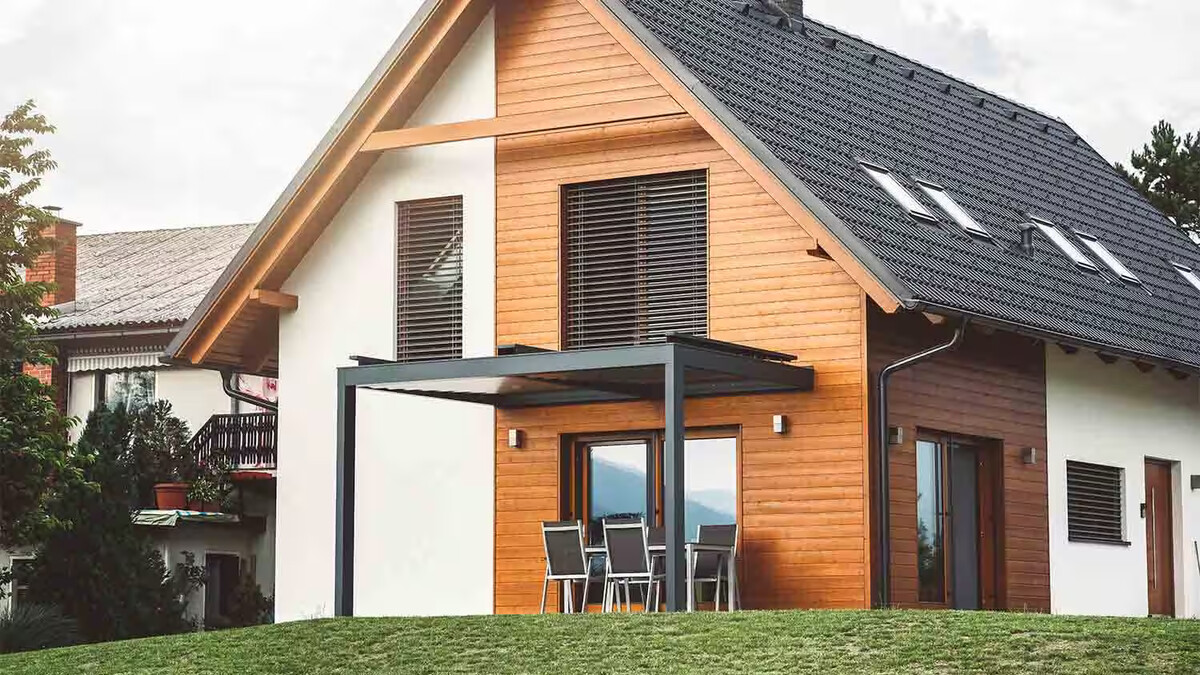
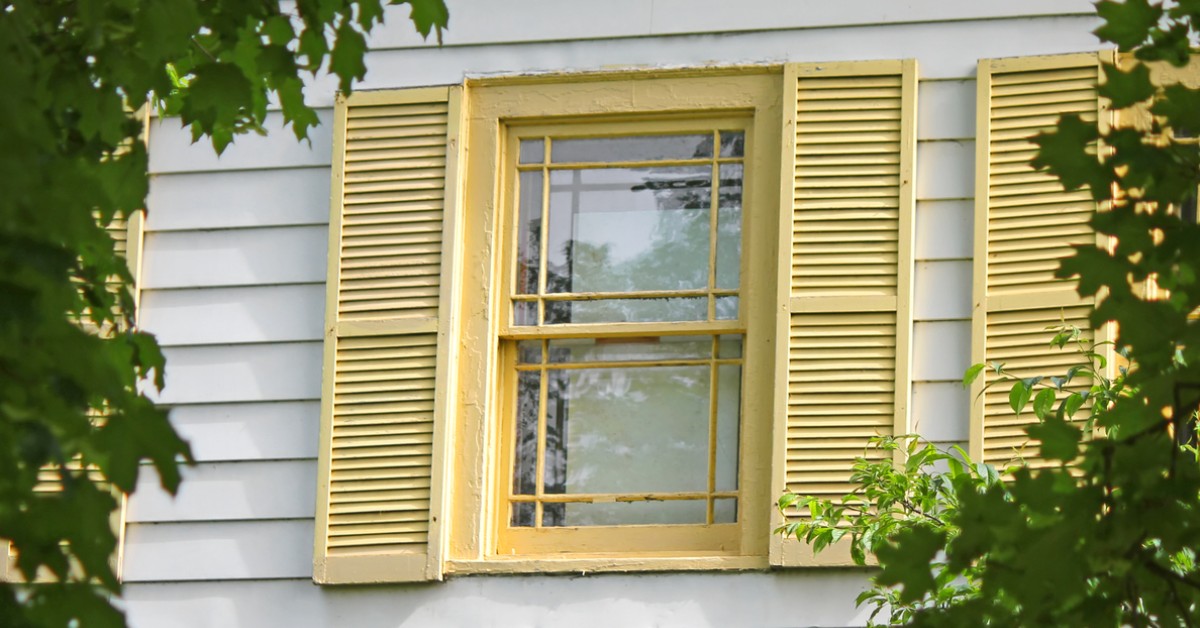
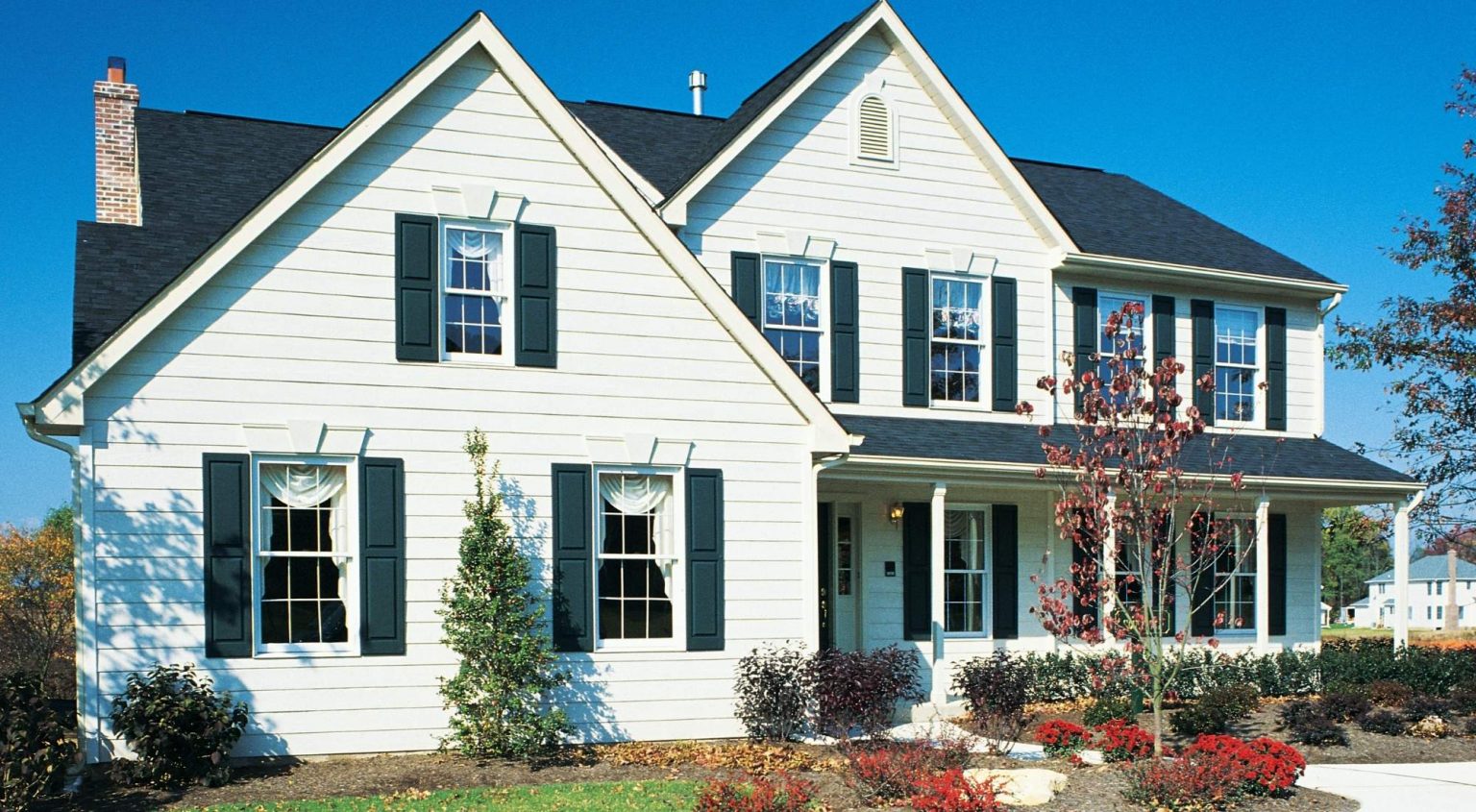
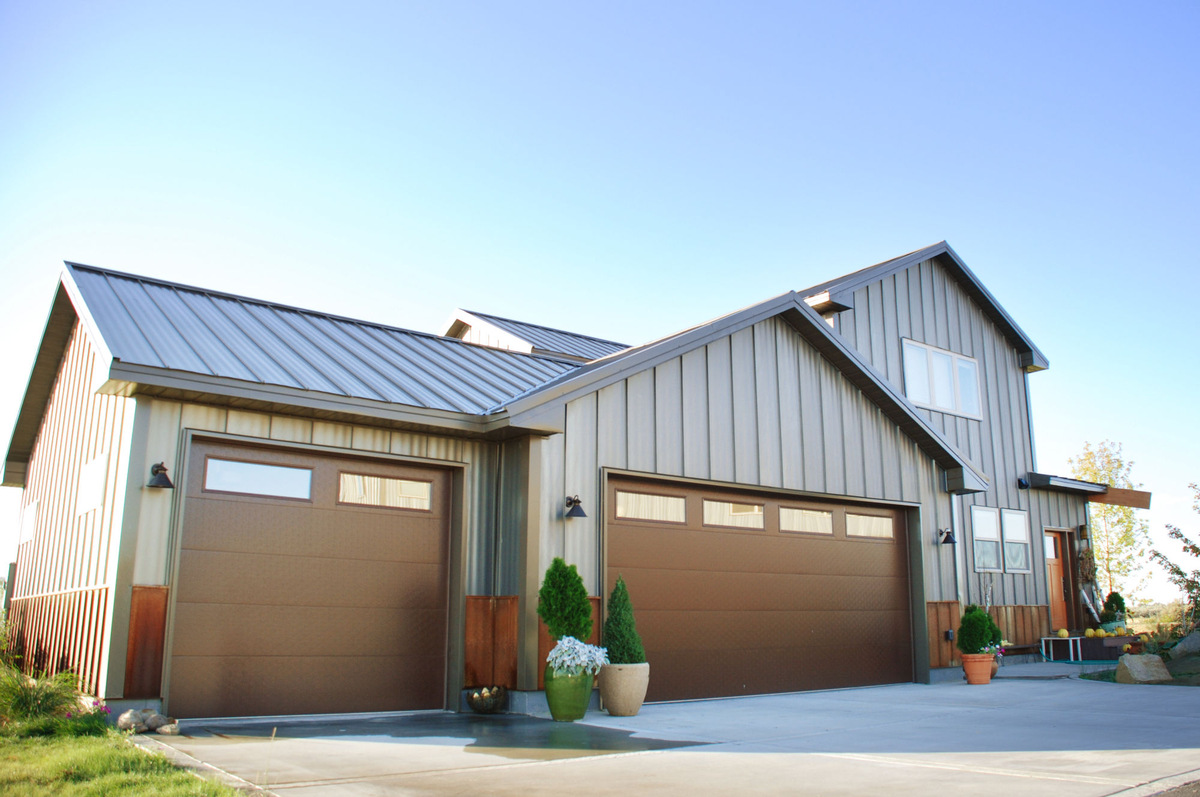
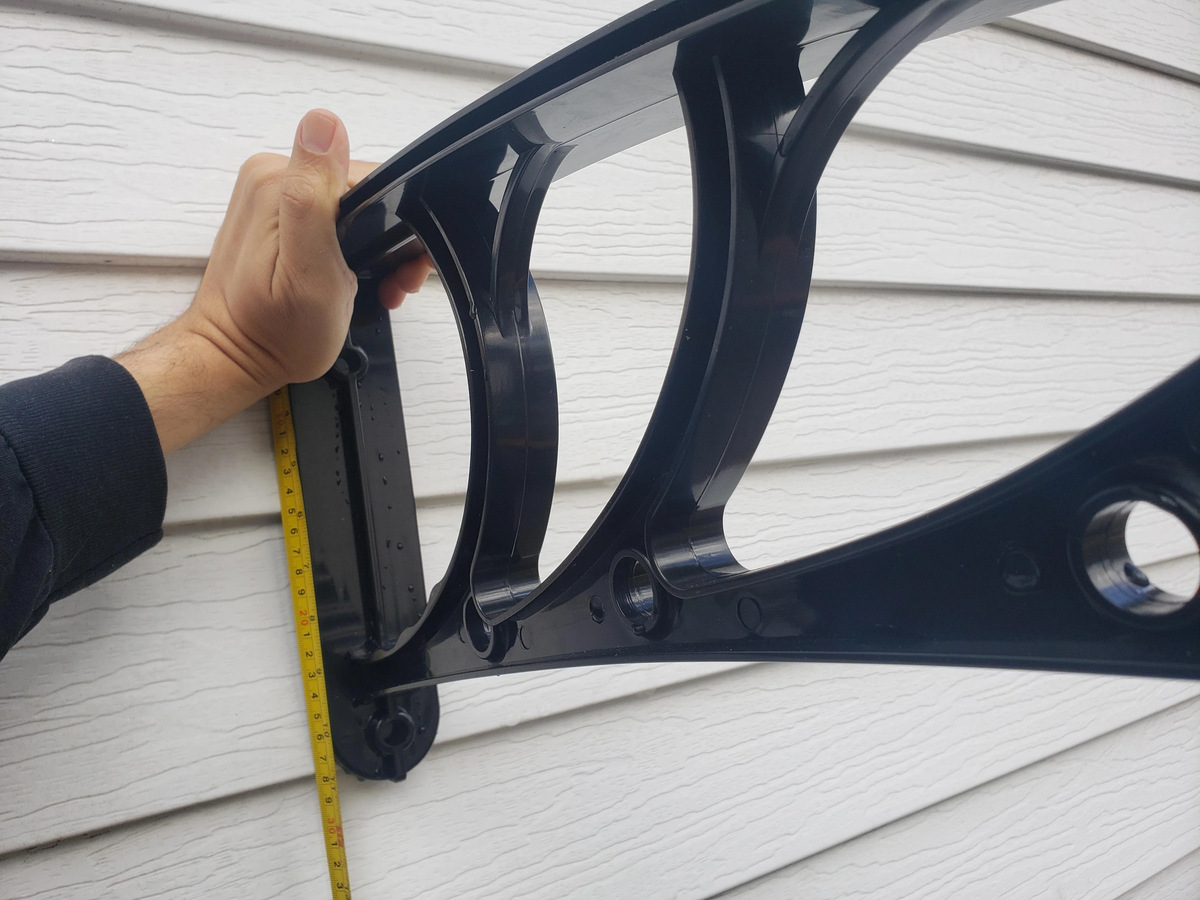
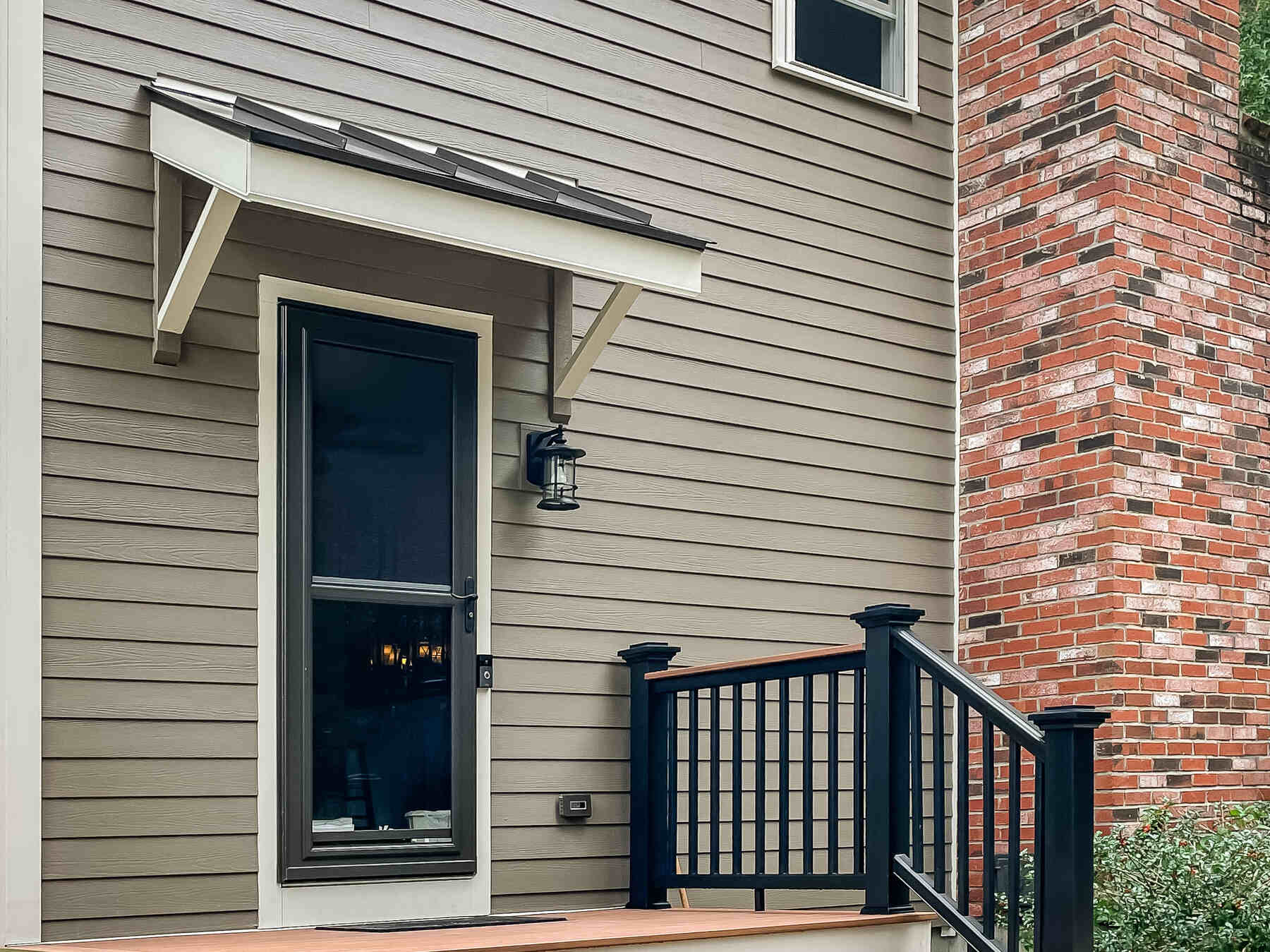
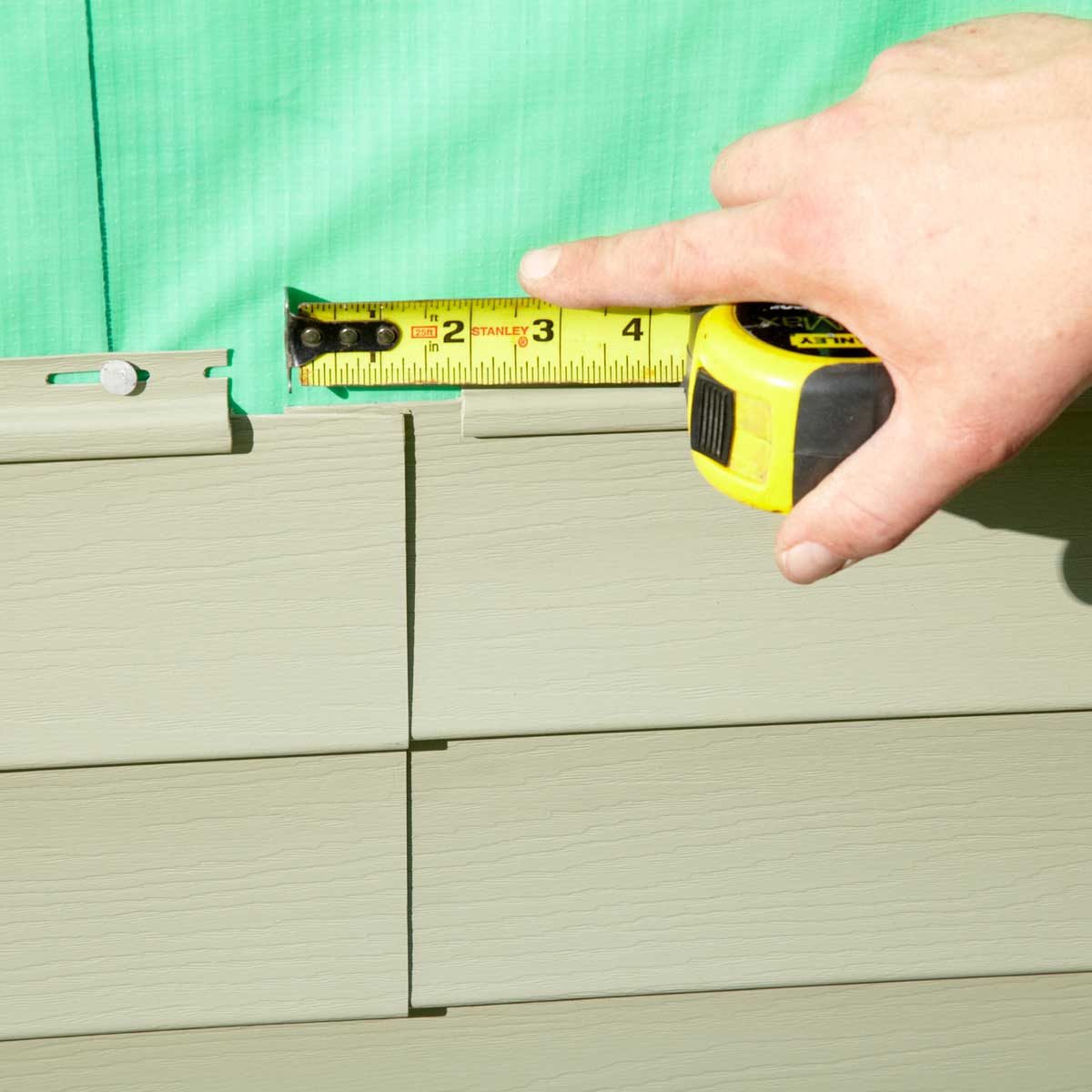
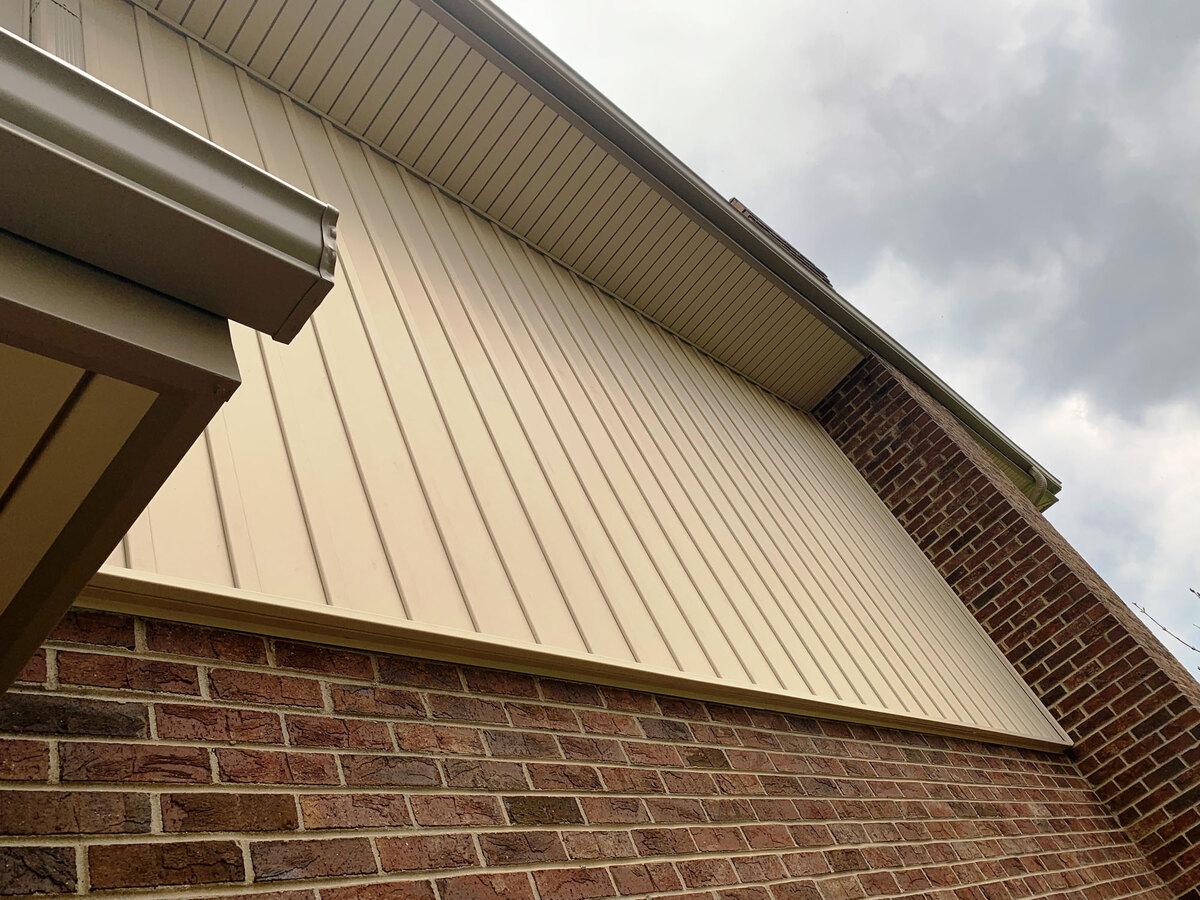
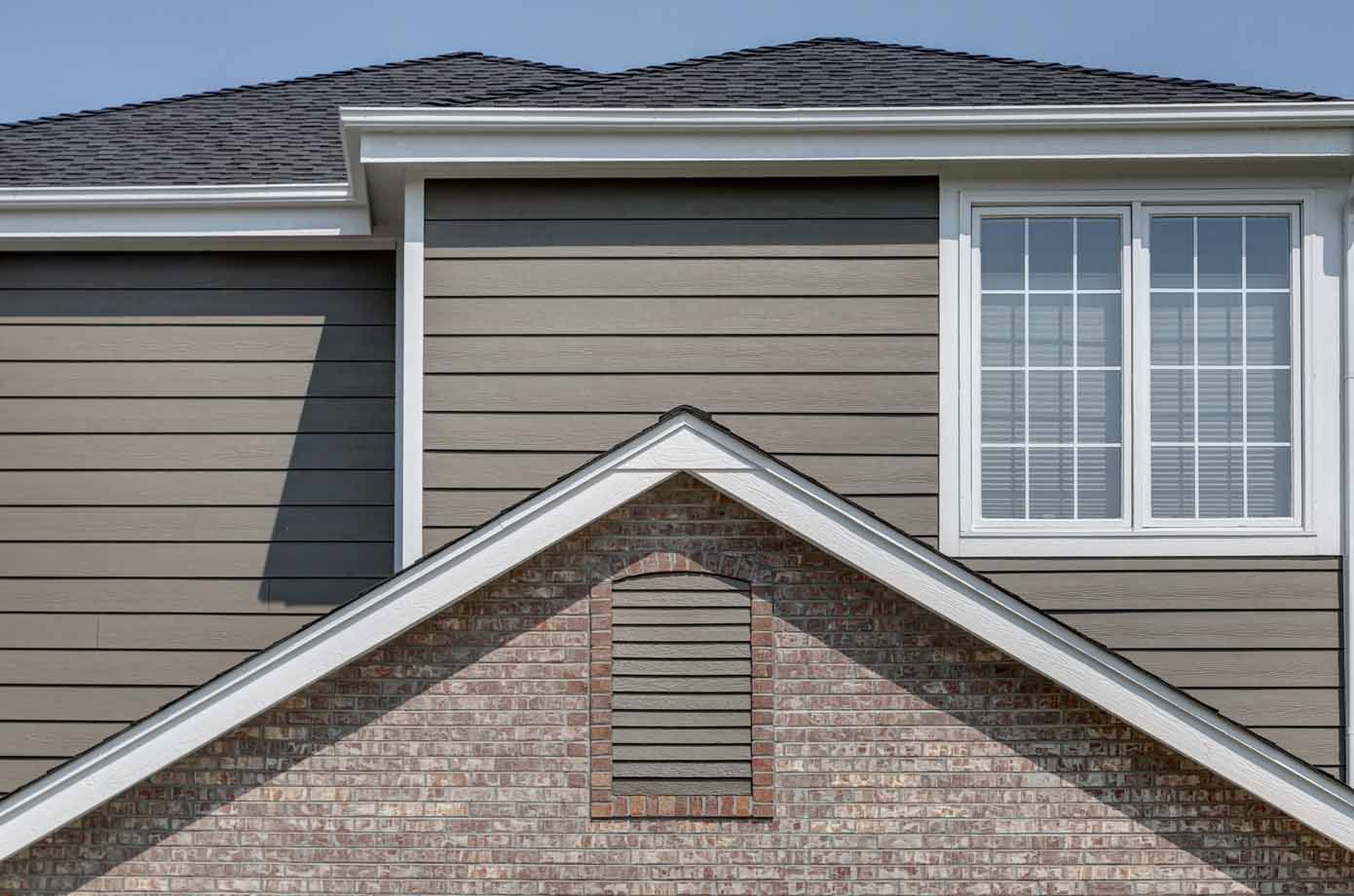
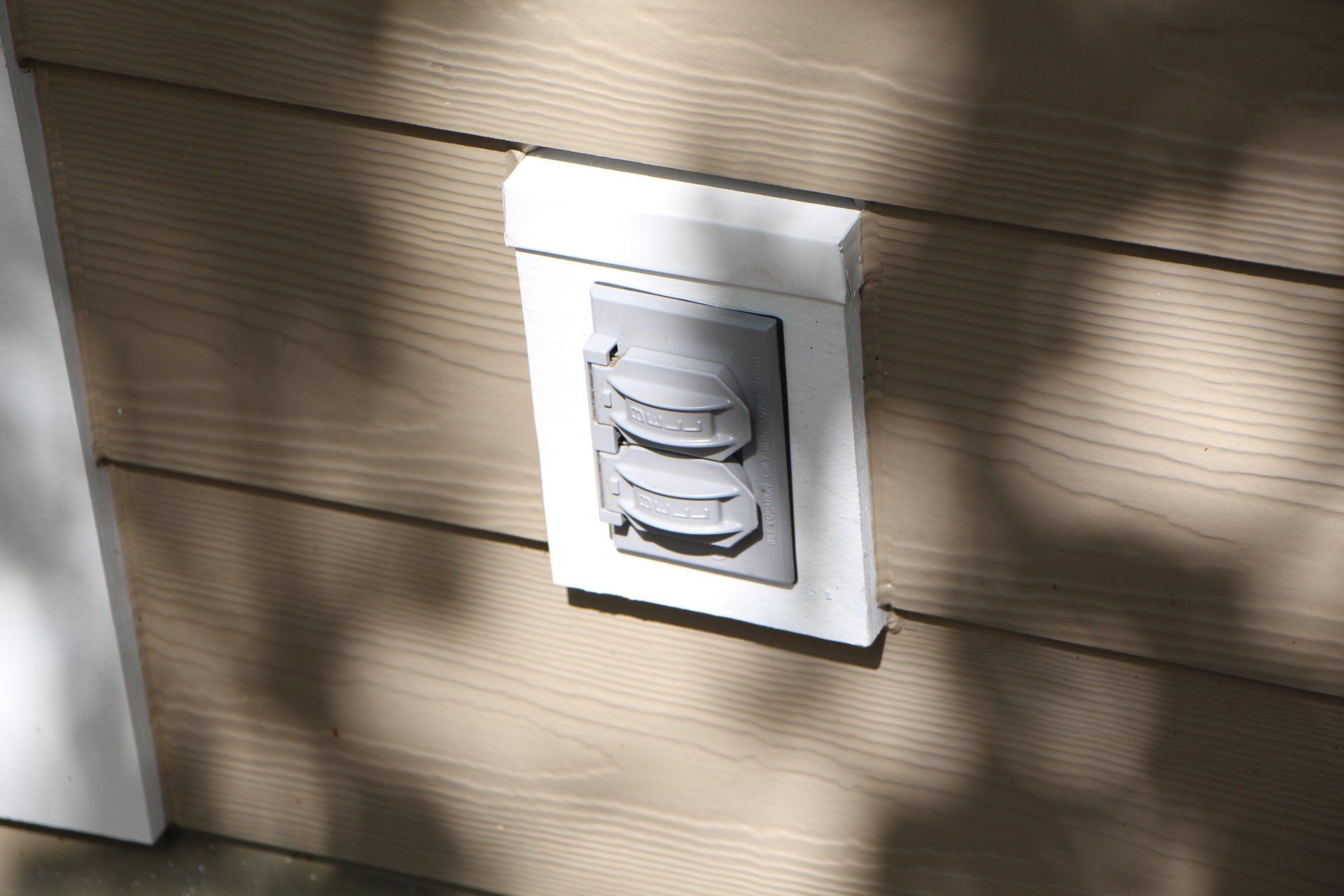
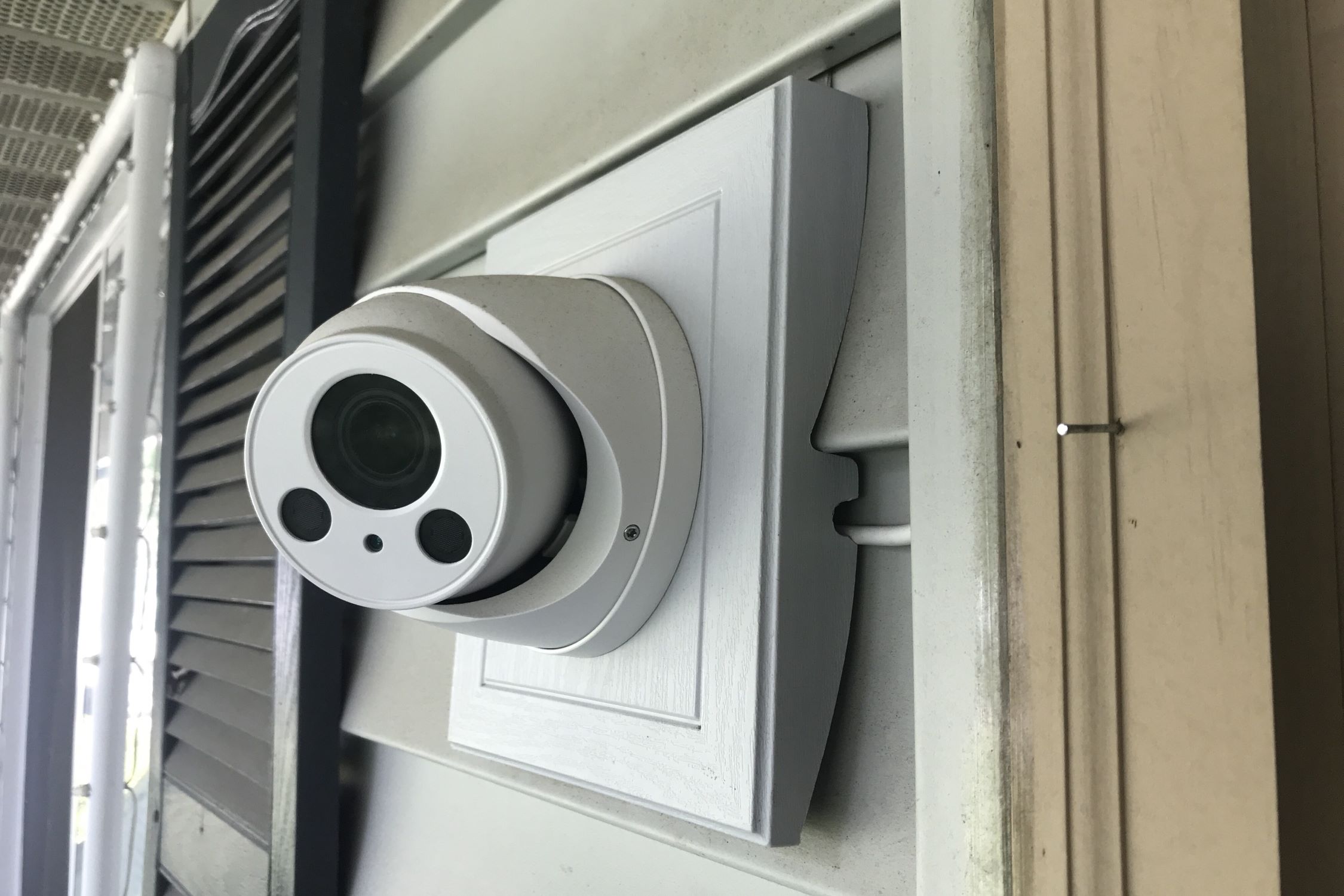
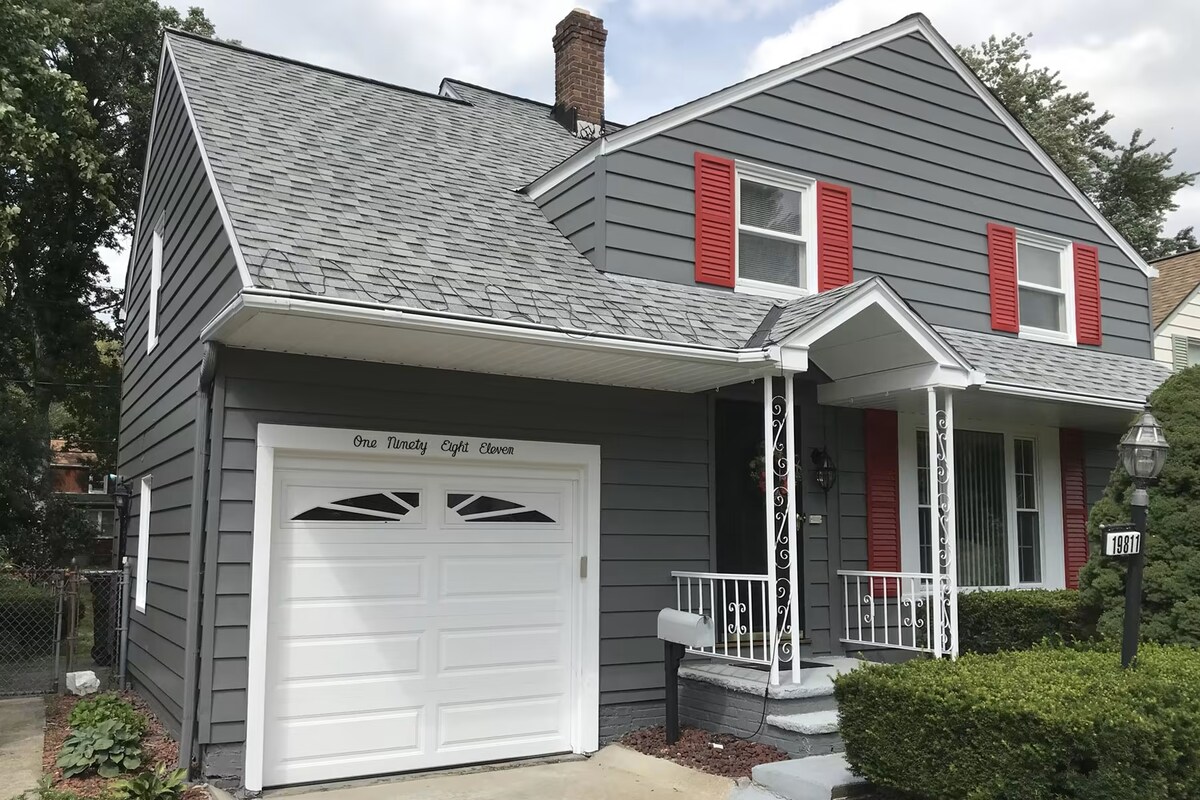
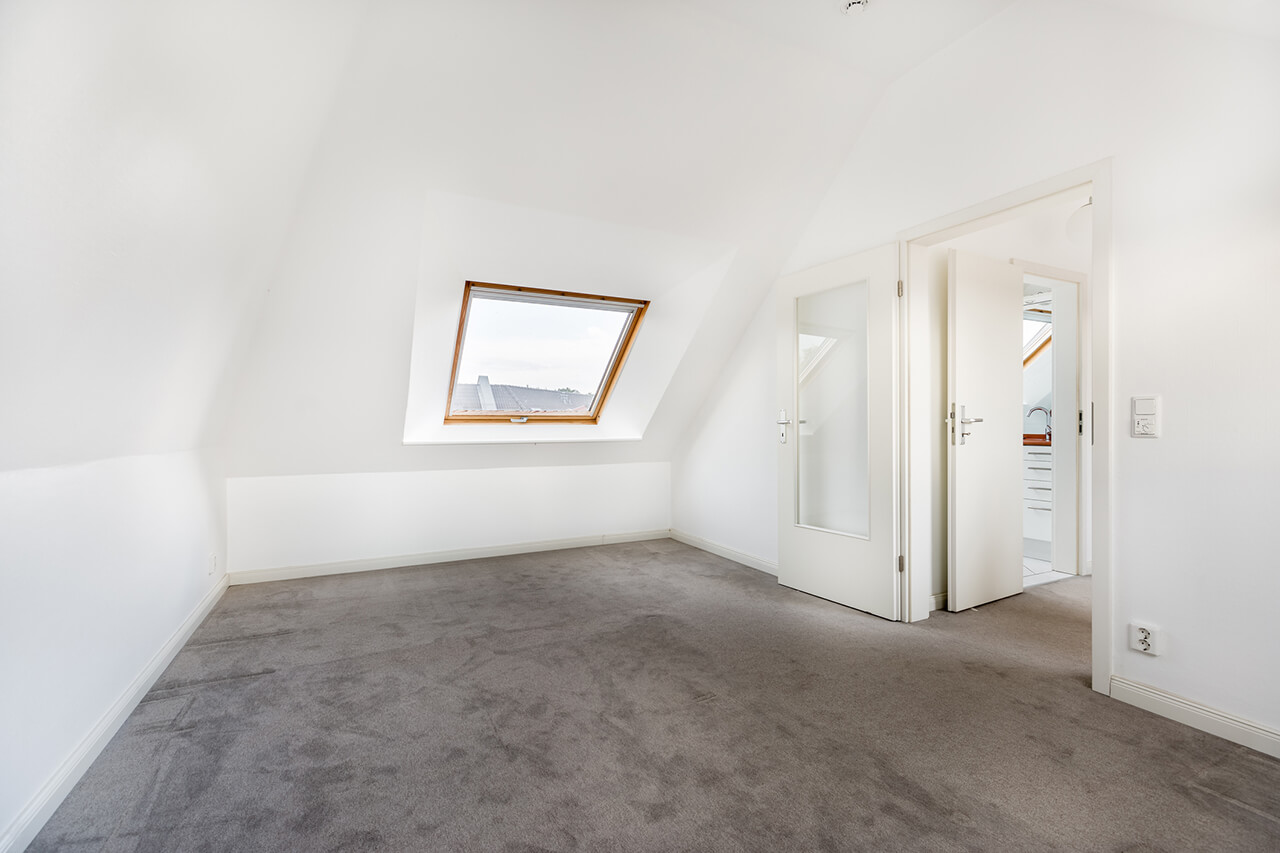

0 thoughts on “How Much Does It Cost To Get Vinyl Siding Installed”